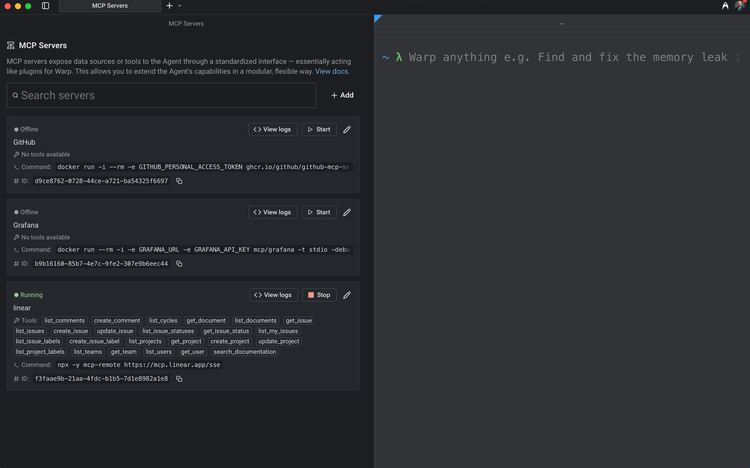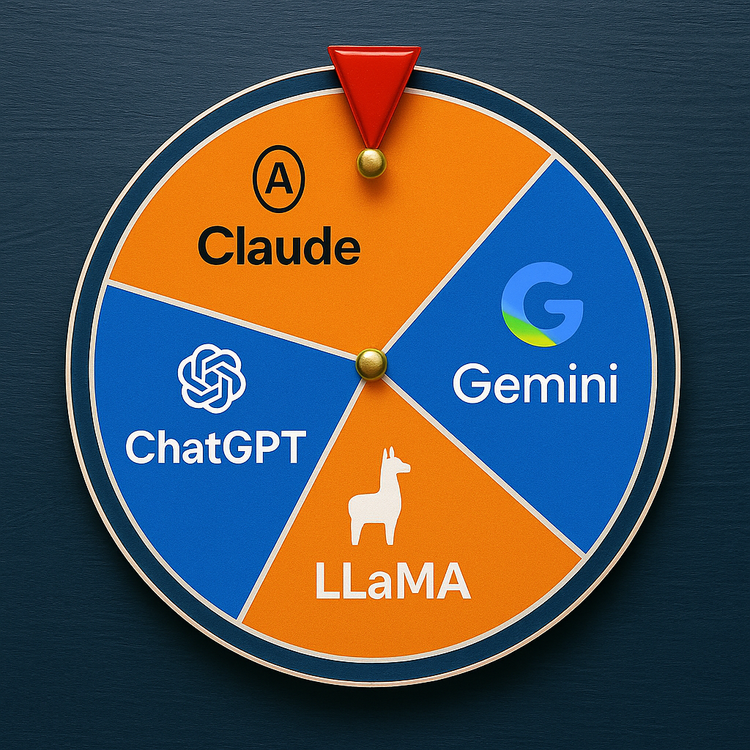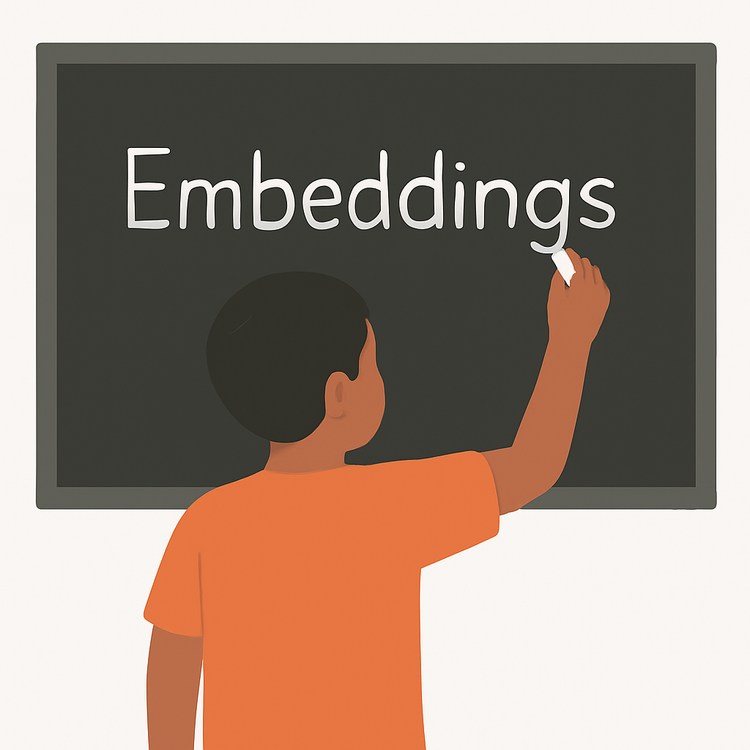Vibe Technical Program Management: TPMs Can Now Also Feel the Vibe

The last year or so, engineers have been tapping into “vibe coding”—those moments when the IDE fades away and flow takes over. The zone where alignment feels intuitive, systems speak for themselves, and creative energy pulses through every decision. That feeling, once reserved for the ones writing code, is now making its way into the world of Technical Program Managers.
Welcome to vibe Technical Program Management. A mindset and emerging practice where TPMs use intelligence, intuition, and agents dedicated to serving TPMs in the same way, to think more clearly, align faster, and operate with more intentionality. Much like how engineers discovered productivity hacks through tools like Copilot and Replit Ghostwriter, TPMs are beginning to feel the vibe—thanks to multi-agent AI.
What Vibe Means in Engineering and How TPMs Are Catching Up
In engineering, “vibe” isn’t about feelings. It’s about fluency. Engineers who’ve embraced AI coding assistants now enjoy fewer context switches, faster iteration loops, coding and building tests, as well as real-time documentation support. Tools like GitHub Copilot have fundamentally shifted how engineers build—not by replacing skill, but by enabling deeper focus and higher flow. TPMs are next.
TPMs normally spend their toil juggling stakeholder expectations, system constraints, product ambiguity, risk forecasting, and team health. But what if some of that weight could be shared? Not with another human hire, but with a cast of intelligent, domain-specific AI agents? That’s the promise of multi-agent AI. And it’s giving rise to a new era of kind of TPMing, the era of vibe TPM-ing.
What Is Multi-Agent AI, and Why Should TPMs Care?
Multi-agent systems are groups of intelligent agents that collaborate toward a common goal. Each agent can specialize, reason, and act independently (or collaborate). Together, they coordinate and solve problems that are too complex for a single system.
In 2024, Stanford’s CRFM published a report identifying multi-agent AI as one of the most promising shifts in enterprise intelligence (source). Why? It mirrors how teams work in real life. Different roles, distributed cognition, shared memory.
For TPMs, this means we now have the opportunity to build digital counterparts to our team rituals: planning, monitoring, reporting, aligning, escalating.
See why we rely on Fastmail to power all our emails
How Engineers Inspired the Vibe
Developers embraced the AI vibe early on as it made waves across our industry. Some of the headlines read:
- Copilot writes boilerplate while they focus on architecture
- Ghostwriter suggests tests based on code patterns
- AI-based linters and review tools reduce friction during CI/CD
That same energy is now crossing into the TPM world. Instead of writing for loops, we write status updates, escalate risk, ask why a milestone is slipping, or synthesize customer signals. With agents trained to do that legwork, our mental space is freed up for strategy and influence.
The Multi-Agent TPM Stack
What are the types of AI agents that are redefining the vibe for TPMs? Imagine the following…
1. The Synthesizer Agent
This agent reads across JIRA, Confluence, GitHub, and incident management tools to deliver contextual summaries. It’s like having a chief of staff who never sleeps.
2. The Risk Radar Agent
Trained on your program’s history and organizational norms, this agent surfaces potential blockers or risks early on, based on behavioral anomalies or delivery patterns.
3. The Alignment Agent
It creates tailored narratives for product, engineering, and leadership based on the same facts. No more rewriting the update five times. One brief, many perspectives.
4. The Feedback Amplifier
This agent scans sentiment across feedback portals, NPS surveys, and even Slack threads, connecting signals to roadmap implications and quality-of-life themes.
5. The Ritual Automator
Prepares meeting agendas, nudges participants with context, generates notes and tracks decisions, all grounded in your actual delivery history.
From Input Gathering to Intent Fulfillment
Traditional TPMs spend most of their time gathering and formatting inputs for others. Vibe TPMs flip that equation. They define intents and deploy agents to fulfill them.
Want to know which services might fail if a team is over-allocated next sprint? Ask your agent mesh. Want to narrate a delivery status for a quarterly exec review? Let agents construct the brief from the last 90 days of commits, incidents, and tickets.
This isn’t automation. It’s augmentation.
Building a Vibe-Centered TPM Workflow
Here’s how to get started:
- Pick a slice of your job that’s highly repeatable
e.g. Meeting prep, change log digestion, or status rollups - Build a single-agent prototype using OpenAI or LangChain
Train it with your data, style, and deliverable expectations - Connect two or more agents via AutoGen or LangGraph
Create a loop where they collaborate and refine the output - Pilot internally and tune prompts based on feedback
- Open it up to cross-functional teams to evaluate impact
I personally have been playing around with CrewAI, a fantastic multi-agent framework, and recommend you look at their documentation and video tutorials.
Risks and Challenges
No system is perfect. Multi-agent AI is still maturing. Some challenges:
- Agents may hallucinate or lack domain depth
- Organizational trust needs to be earned
- Security, privacy, and governance are non-negotiable
Vibe doesn’t mean careless. It means intentional. We still own the outcomes—AI just makes the journey more fluid.
Final Thoughts…
The best TPMs I know are already operating in vibe mode. They flow through ambiguity. They create coherence. They are sensors, translators, and accelerators of everything around them.
With multi-agent AI, we now have collaborators who can match our tempo.
The future of TPM isn’t just on spreadsheets. It’s in conversation. It’s in synthesis. It’s in signal detection. And with the right agent stack, it’s finally our turn to feel the vibe.
References
- Stanford CRFM Multi-Agent Systems Report: https://crfm.stanford.edu/2024-multi-agent-report.html
- Microsoft AutoGen: https://github.com/microsoft/autogen
- CrewAI Agent Framework: https://docs.crewai.io
- LangGraph: https://github.com/langchain-ai/langgraph
- OpenDevin: https://github.com/OpenDevin/OpenDevin





Member discussion